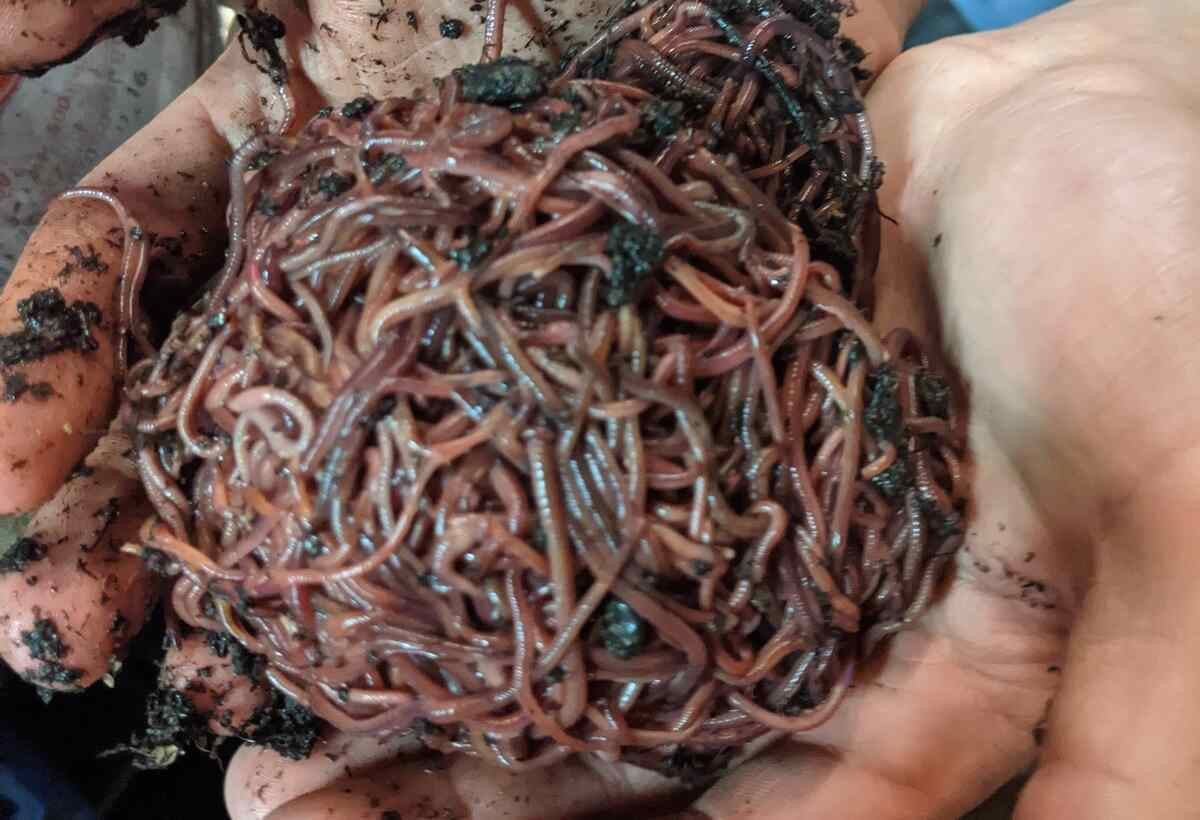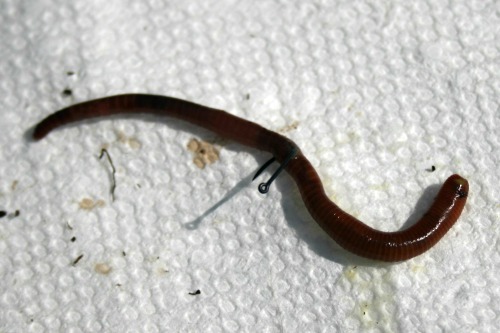Professional Lawn Care Assistance Powered by Lake Hickory Bait for Stunning Results
Professional Lawn Care Assistance Powered by Lake Hickory Bait for Stunning Results
Blog Article
Open the Secrets of Red Wigglers: Your Overview to Composting Success
The combination of red wigglers into composting techniques provides a substantial chance for enhancing dirt health and wellness and advertising sustainability. Recognizing their needs and actions is vital for enhancing their capacity, from setting up a suitable worm bin to feeding them the appropriate materials.

What Are Red Wigglers?
(Red Wiggler Express)Red wigglers, clinically recognized as Eisenia fetida, are a types of earthworm largely made use of in composting as a result of their exceptional capacity to decompose organic issue successfully. These worms are characterized by their reddish-brown coloration and a segmented body, normally gauging in between 3 to 4 inches in size. Unlike various other earthworm species, red wigglers thrive in abundant, organic environments, making them excellent for vermicomposting systems.
Belonging To The United States And copyright, they are often found in decaying fallen leaves and compost heap, where they play a vital function in nutrient recycling. Their adjustment to staying in a moist, aerobic environment enables them to take in large quantities of natural waste, breaking it down right into nutrient-rich spreadings that boost soil health.
Red wigglers replicate swiftly, with a single worm capable of producing numerous cocoons each week, each consisting of numerous hatchlings. Comprehending the biology and actions of red wigglers is important for optimizing their possibility in composting applications.
Advantages of Using Red Wigglers
Taking advantage of the power of red wigglers in composting supplies various benefits that boost soil wellness and advertise lasting waste administration. These amazing microorganisms successfully damage down raw material, changing kitchen area scraps and yard waste into nutrient-rich vermicompost. This finished product is remarkably useful for plant development, as it boosts soil framework, boosts wetness retention, and boosts nutrient accessibility.

(Red Wiggler Express)In addition, the presence of red wigglers in your composting system can increase the composting procedure, generating top quality garden compost in a portion of the moment compared to typical techniques. The spreadings generated by these worms are also including advantageous microorganisms that even more improve the soil environment.
Setting Up Your Worm Container
Producing an effective worm container is a simple process that can considerably boost your composting initiatives. The initial step is choosing an appropriate container. Worm bins can be made from plastic storage space containers, wooden boxes, or readily offered worm containers. Make sure the bin has ample water drainage and air flow openings to preserve optimal wetness levels and air flow.
Next, prepare the bed linens product, which functions as the worms' habitat. A mix of shredded newspaper, cardboard, and coconut coir functions well, offering a comfortable atmosphere for the worms. Go for a bedding deepness of regarding 4-6 inches. Moisten the bedding lightly, guaranteeing it appears like a wet sponge without excess water merging at the base.

Feeding Your Red Wigglers
To guarantee the health and performance of your red wigglers, it is crucial to give them with a balanced diet that fulfills their nutritional demands. Red wigglers prosper on a diverse selection of organic products, which not just supply needed nutrients but additionally promote efficient composting.
Begin by incorporating cooking area scraps such as vegetable peels, fruit cores, and coffee premises. Avoid citrus fruits, onions, and garlic, as these can be destructive to worm health and wellness. In addition, introduce shredded paper, cardboard, and completely dry leaves to develop a well-aerated environment.
Feeding regularity should be kept an eye on; generally, worms can eat half their body weight in food weekly. It is essential to stay clear of overfeeding, as excess food can lead to undesirable smells and attract bugs. A good method is to include food in percentages, permitting worms to process it prior to presenting more.
Preserving dampness levels is likewise crucial; the bedding ought to perspire yet not soggy. Finally, be certain to frequently examine the temperature level and pH levels of the bin to make certain an optimum environment for your red wigglers, eventually improving their composting performance.
Harvesting and Making Use Of Compost
A successful composting process with red wigglers culminates in the abundant, dark garden compost referred to as vermicompost, which can substantially improve soil wellness and plant growth. Gathering this nutrient-dense product typically takes place every three to 6 months, relying on the dimension of your system and the amount of raw material being refined.
To gather, next page gently different the garden compost from the worms and any undecomposed products. One efficient technique involves relocating the contents of the bin to one side and including fresh bedding and food to the void, motivating the worms to move. After a couple of days, the compost can be accumulated from the opposite side.
It is important to utilize vermicompost appropriately to maximize its advantages. It can be utilized as a top clothing for garden beds, combined into potting dirt, or brewed right into a nutrient-rich liquid plant food understood as "worm tea." This application method assists to deliver essential nutrients directly to plant origins, promoting much healthier growth. By including vermicompost into your horticulture program, you not just recycle natural waste but additionally create a thriving environment that supports sustainable horticulture practices.
Conclusion
In summary, red wigglers work as extraordinary allies in composting initiatives, transforming natural waste right into nutrient-rich vermicompost (Red Wiggler Express). Their distinct organic features and efficient waste handling capacities contribute substantially to lasting horticulture practices. By understanding the ideal problems for their environment, feeding needs, and compost harvesting techniques, garden enthusiasts can boost dirt wellness and promote plant vitality. Embracing vermicomposting not only decreases garbage dump waste yet additionally cultivates an extra environmentally responsible method to gardening and resource administration.
Report this page